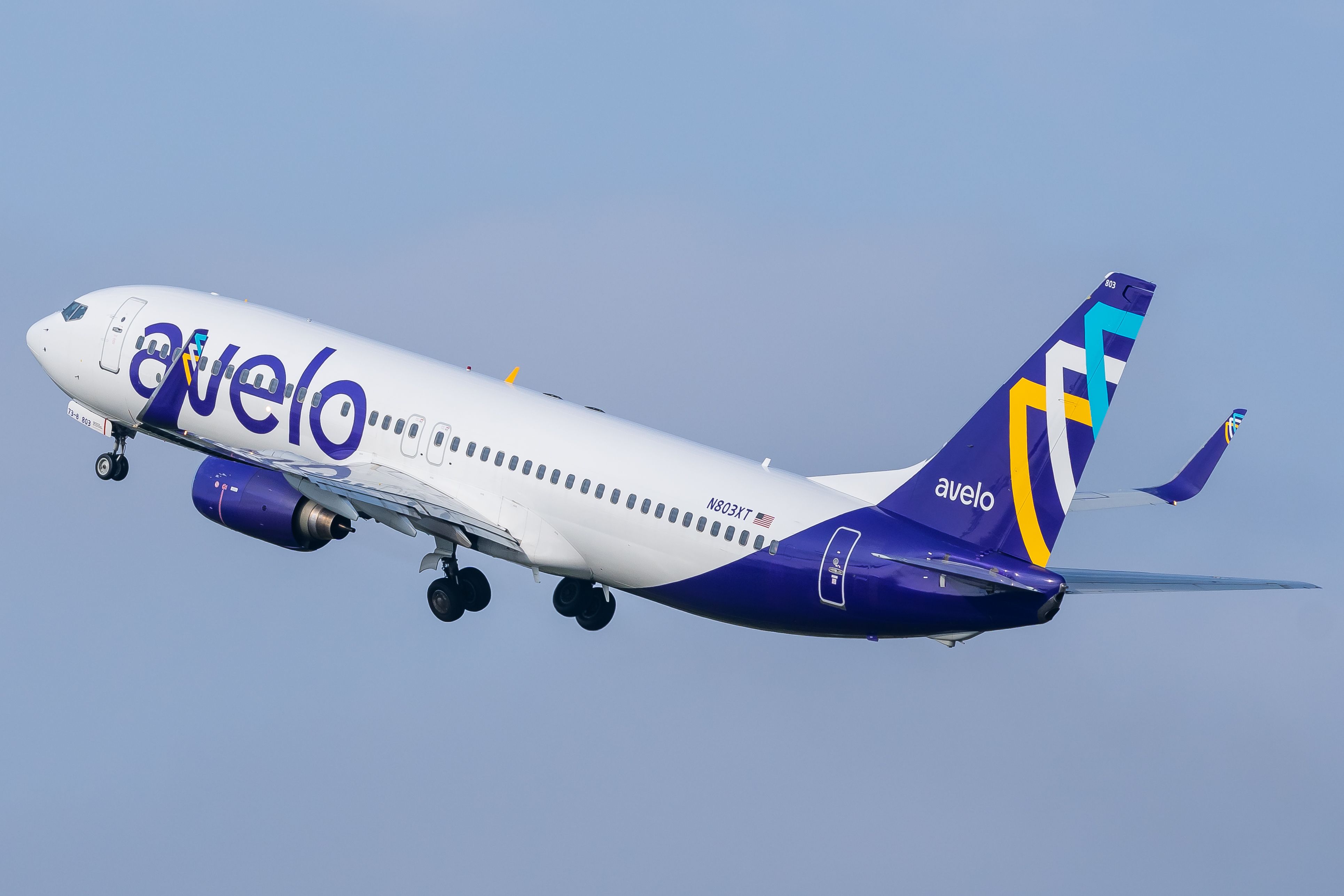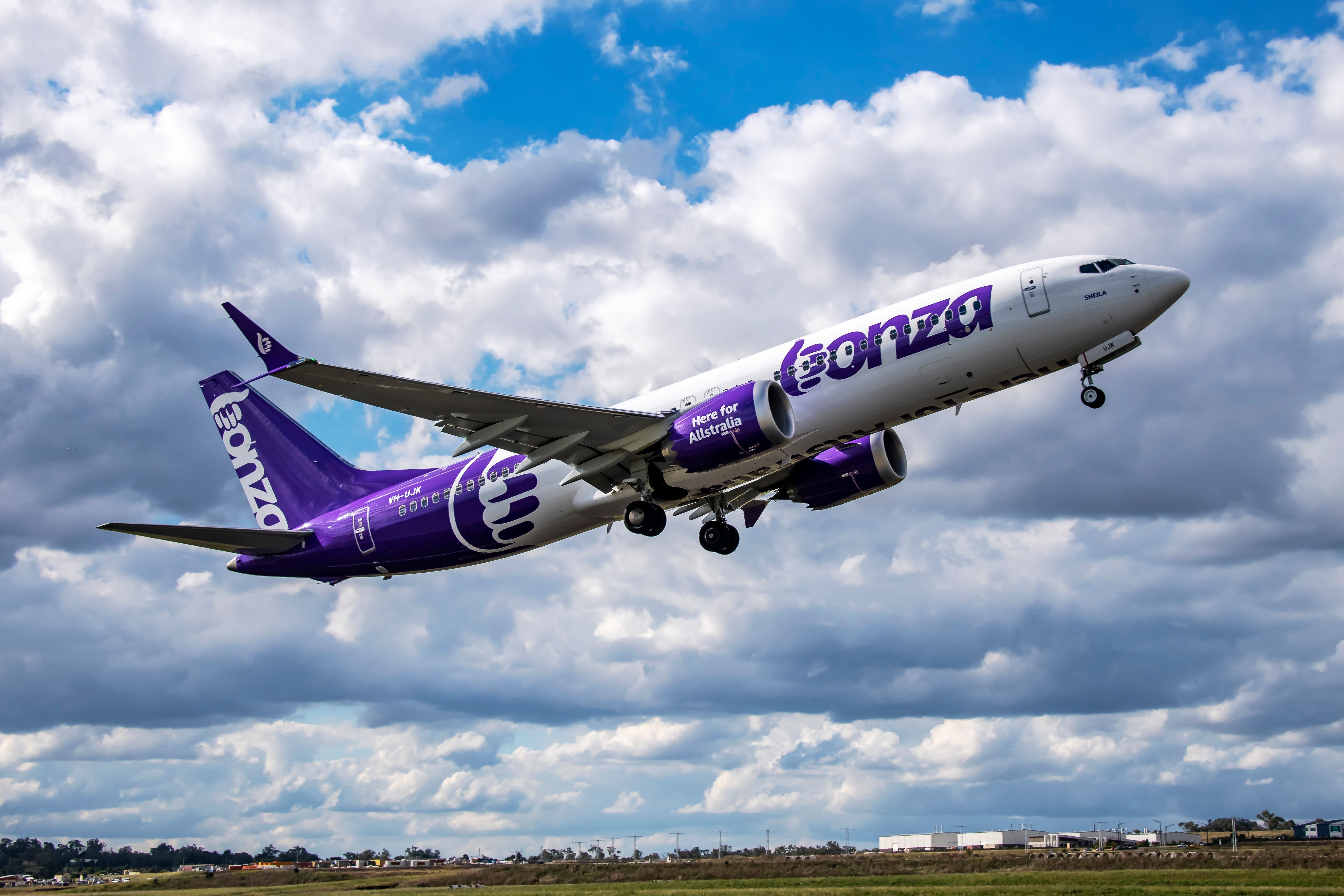In the ever-changing landscape of the airline industry, the traditional reliance on Global Distribution Systems (GDS) for selling tickets is transforming. As new distribution capabilities (NDC) and alternative strategies emerge, airlines are exploring the advantages of moving away from GDS.
The GDS model has long been the industry standard due to its ability to connect airlines with high-volume sellers of airline inventory. Online travel agencies (OTAs), traditional travel agency networks, travel management companies (TMCs), and consolidators tap into GDS systems, providing airlines access to lucrative markets.
According to Peer Winter, Chief Distribution Officer at GO7,
"GDSs were designed to give carriers access to high-volume sellers of airline inventory, and this remains their greatest advantage."
And yet, many airlines, particularly some of the new startups, are forgoing GDS connections in favor of either relying on direct bookings or using other means of selling tickets to passengers. Flair Airlines started with no GDS, but has since started selling through Amadeus. Bonza and Avelo do not use the GDS and, as far as is apparent, have no plans to do so.
Why airlines choose not to use GDS
While GDS solutions offer advantages, there are costs and complexities associated with connecting to them. Airlines require a Passenger Service System (PSS) compatible with GDS connectivity, capable of handling IATA ticketing protocols. Additionally, GDS usage necessitates trained staff in GDS/IATA, which involves a certification process. These barriers can be perceived as disadvantages for airlines, particularly those with limited resources, as Peer Winter notes,
"Connecting to a GDS can also be complex... and these are barriers that, depending on the airline, can be perceived as disadvantages."
The GDS model's entrenched position in the industry can be attributed to its self-reinforcing nature. Winter explains,
"The GDS is the industry standard because it is the industry standard."
Moreover, the GDS model works exceptionally well for high-volume sellers such as large TMCs and giant OTAs. Their booking, payment, and settlement processes are built around the GDS, offering streamlined operations and often the lowest-cost tickets. These advantages make GDS alignment appealing to high-volume producers, further entrenching the model.
It suits full-service airlines
Full-service airlines, including global legacy carriers, benefit significantly from the GDS model due to their accessible markets and the efficiency of GDS-based systems. Connecting to a GDS grants access to the TMCs favored by business travelers, a crucial segment for full-service airlines. Furthermore, regional airlines relying on business travelers for revenue also find value in utilizing GDSs.
Specialized and charter carriers, as well as leisure-focused airlines, can explore alternative distribution strategies. These alternatives are particularly appealing to low-cost carriers, as although they limit the exposure of the airline on popular ticket booking platforms, they also provide better cost control and fewer resources to manage.
What alternatives are there?
Airlines looking to function without a GDS have limited alternatives available, as Winter explains,
"Establishing direct connections to OTAs, travel agencies, and aggregators is really the only alternative to using a GDS for airline inventory distribution. Of course, airlines can sell their own inventory – often the most profitable path – but in terms of making large volumes of seats available to the market, the choice is either using a central hub like a GDS or creating multiple individual connections to sellers."
To move away from GDS distribution while retaining connectivity to high-volume sellers, airlines need the necessary technological capabilities. Payment processes, often streamlined by GDSs, must be considered, particularly for cross-border sales. However, payment service providers and travel technology suppliers can mitigate these obstacles. Investing in capabilities to enable direct selling and ancillary revenue development, alongside the rise of NDC, can provide airlines with packaging and targeting advantages.
The benefits to passengers
When airlines remove inventory from GDS channels, there are some key benefits for passengers, as Peer explained,
"Because of their breadth, GDSs are blunt instruments – they distribute inventory widely but not in a particularly targeted or tailored way. When an airline removes inventory from the GDS channel, they gain the ability to customize offers to individual travelers or traveler segments and create more touchpoints with the traveler during their journey."
Intermediaries initially face challenges due to reduced inventory, but it can spur them to explore new distribution channels and direct connections with airlines, or push GDS partners toward New Distribution Capability (NDC) adoption. Peer noted,
"NDC has been in place for a while, but it’s only recently that we’ve seen real widespread impacts of the standard across the industry. The big GDS suppliers are developing their own NDC programs and will most likely become effective NDC aggregators quite soon. This will impact the business model of high-volume sellers as the back-office and settlement processes they rely on provided by the GDS suppliers will become add-on services, but it will also create more flexibility in the inventory they can offer clients."
While the full potential of NDC is yet to be realized, GDS connections still hold advantages for reaching business travelers and addressing a broad international audience. However, airlines are increasingly exploring alternative strategies to achieve greater flexibility, targeted marketing, and enhanced passenger experiences. By embracing new distribution capabilities, airlines can chart their own course and shape a more personalized and efficient future for the industry.





